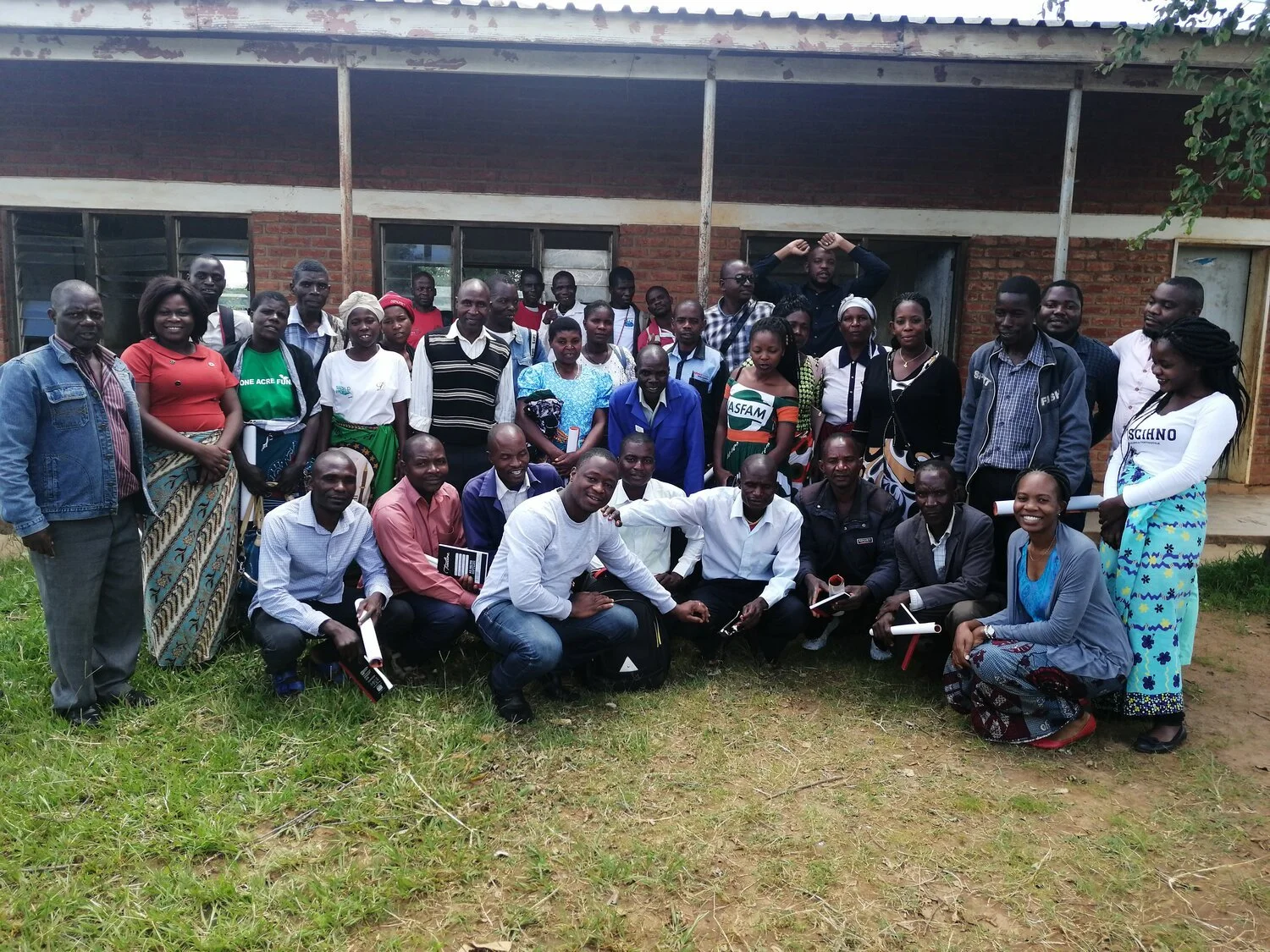Supporting the smallholder farmer’s journey to digital financial inclusion
Access to finance is a primary source of empowerment for vulnerable rural households in developing countries like Malawi.
Financial inclusion policies in Malawi have always been developed with the aim of improving access to financial services for low-income people. About 84% of the country’s population is based in rural areas and almost 95% of them are rural poor. The majority make a living as smallholder farmers (80% of the Malawian workforce), engaging in subsistence farming with low productivity. SHFs are disproportionately marginalized or excluded from formal financial services relative to those who live in urban areas. Different digital financial services (DFS) initiatives are helping close the financial inclusion gap, with digital technology offering new ways for the poor to access services like savings, payments, credit, and insurance. However, the adoption and sustained use of DFS is a journey, with multiple steps that require significant behavior change on the part of rural SHFs.
For 13 months up to December 2020, we partnered with TNM Mpamba and farmer-based organizations (FBOs) Mwandama Union Cooperative and National Agriculture Smallholder Farmers Association of Malawi (NASFAM) in the pilot implementation of a digital financial Rural Stimulating Campaign (RSC) in Zomba district. The campaign’s objective was to increase digital financial access, usage, and inclusion of SHFs — most of them engaged in the tobacco and cereal value chains — through mobile money trainings across communities of Zomba. In three rounds of training, we used illustrations and scenario-based skits to create awareness, build understanding, and boost farmers’ confidence in using DFS in ways relevant to their daily lives. The training waves covered mobile money basics, rural mobile money use cases, and stimulating mobile money activities.
The campaign built the capacity and confidence of 600 target farmers to use mobile money to perform functions such as airtime purchase, person-to-person transactions, savings, and accessing micro credits on wallet balances with TNM. Throughout the campaign there was a growing interest in subscribing to the Mpamba mobile money wallet and on Mpamba Pasavute (a platform interest that allows farmers to formally borrow and pay back credit based on the amount of money saved in a mobile money wallet).
During the campaign implementation period, 67% of SHFs became active users of their registered TNM Mpamba digital transaction account.
Summary of key trends
In November and December of 2019, 35% of SHFs had registered TNM accounts. A year later, during November and December 2020, the active rate was 53% — an 18% increase year on year.
The top five types of transactions by value for trained farmers were: 1) cash in (36%), 2) cash out (31%), 3) person-to-person transfers (19%), 4) service payments (9%), and 5) push/pull from bank (3%). Topping of airtime on the mobile phone, or mobile recharge, was the most frequent transaction from a volume perspective (33%), but values were extremely small.
At the close of the year, there had been 17% more funds cashed into the TNM Mpamba platform than cashed out, indicating an increased use of digital transactions and an increase in the utility of the DFS ecosystem for farmers.
Beneficiary feedback
Lead farmers from both FBOs were very positive regarding the way training was conducted. They felt materials were extremely relevant and well-received. Leadership at both FBOs felt the curriculum and transfer of capacity to their lead farmers would enable them to provide a broader suite of capacity building activities to farmers in the future.
TNM has been very positive about the customer acquisition model created by the initiative and the relationships they have established with both FBOs as a result.
Farmers said they learned many new things about the use of mobile money thanks to trainings. The primary new use case they mentioned was the use of mobile wallets to save funds. They felt it was a safer place to store funds, and liked the fact it was less accessible at times (as it made it easier to save money).
Future outlook
The campaign provided access to knowledge and training on mobile technology and mobile money services and greater awareness of the DFS ecosystem in rural areas. This helped increase the number and proximity of rural DFS ecosystem actors to support a wider range of digital transaction activities. The intervention also built awareness and capacity of market actors (e.g. schools, groceries, clinics, and agri enterprises) to better understand the purpose, function, and value of DFS, allowing trained farmers to further benefit from these services along with these other rural market actors.
One aspect that remains crucial to the sustainability of DFS rural stimulation is the need for service providers to consolidate rural onboarding targets into the overall targets of field officers so as to ignite proactiveness and consistency in the work of field teams.
It’s clear to us that the RSC approach can help spur long-term access to financial services, and development agencies should consider streamlining the approach in their initiatives.





